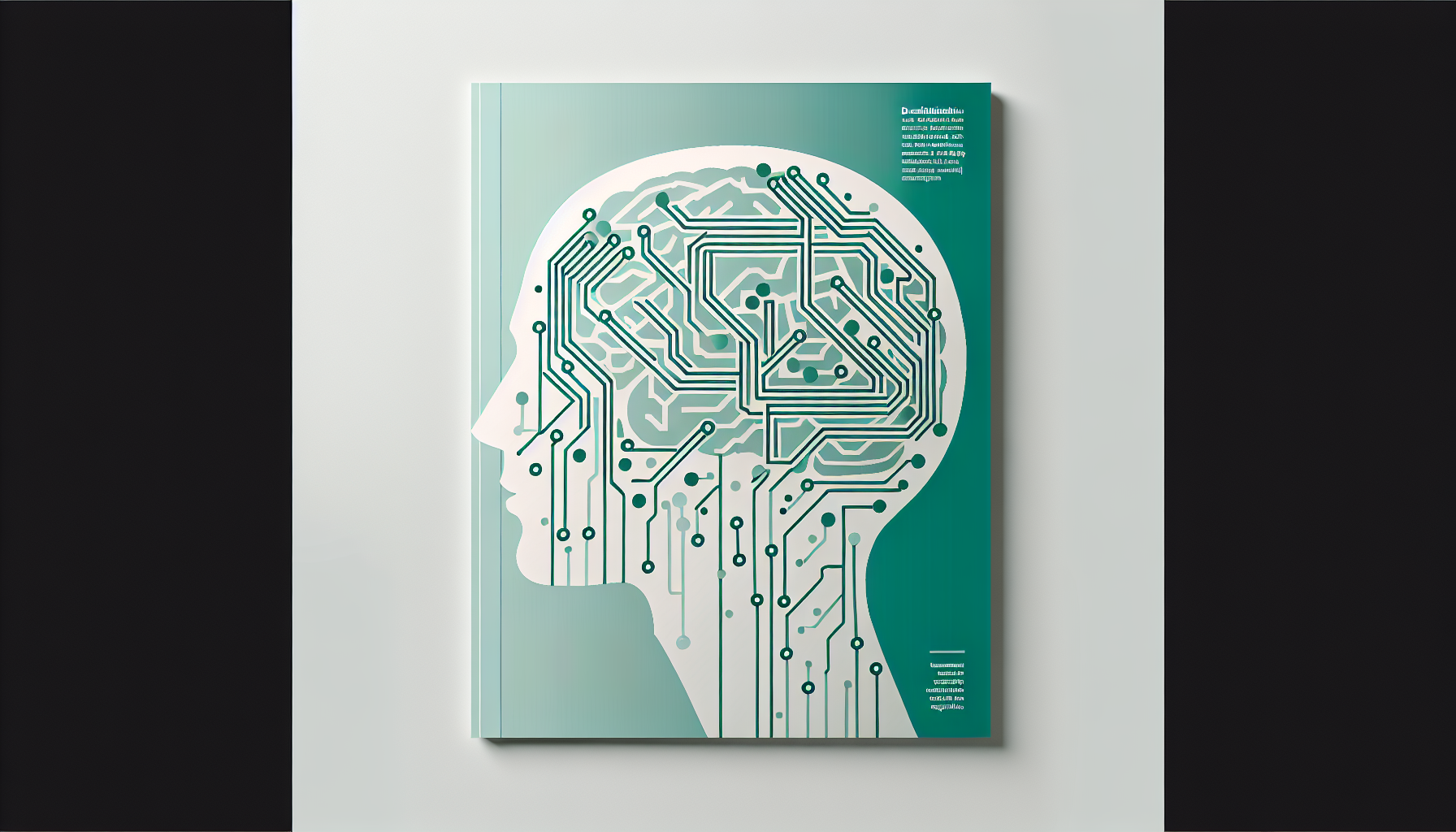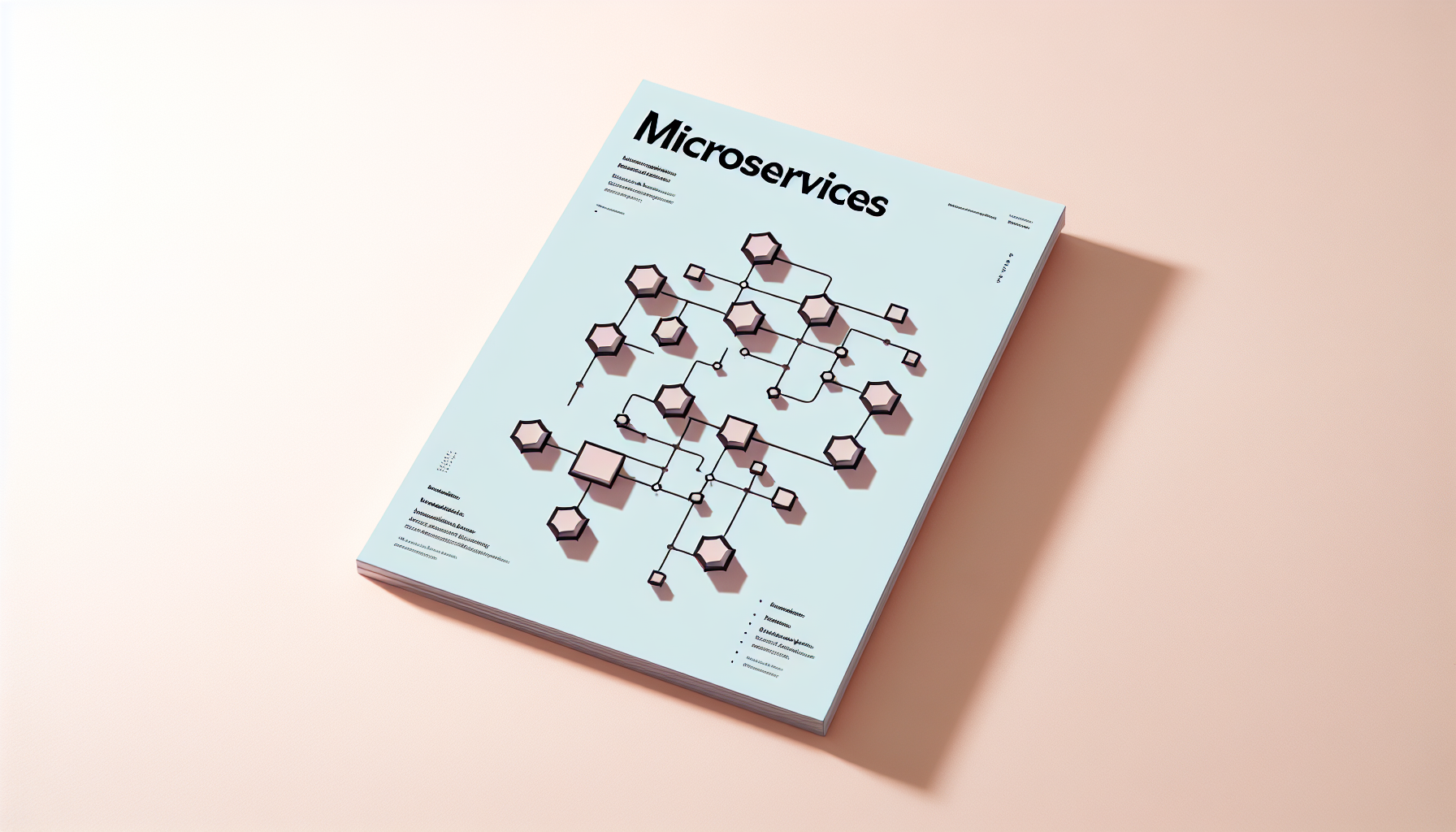Building Sustainable AI Systems: Evergreen Architectures and Ethical Frameworks
Design AI systems with sustainability and ethics at their core for lasting technological value.

The Evergreen Challenge: Sustainability in AI Systems
Artificial intelligence continues to transform industries, yet designing AI solutions that are sustainable, scalable, and ethically sound remains a critical, ongoing challenge. As AI workloads grow, ensuring long-term operational efficiency and societal responsibility requires foundational strategies.
Solution 1: Modular, Energy-Efficient AI Architectures
Partition AI systems into modular components, enabling incremental upgrades without full rebuilds. Leverage energy-efficient model designs such as sparse architectures and quantisation to reduce computational overhead. Integrate continuous monitoring to dynamically adjust resource allocation, balancing performance with energy consumption.
# Example: Implementing dynamic model switching based on workload in Python
class ModelSelector:
def __init__(self, light_model, heavy_model):
self.light_model = light_model
self.heavy_model = heavy_model
def predict(self, input_data, priority='low'):
if priority == 'high':
return self.heavy_model(input_data) # More accurate, resource-intensive
else:
return self.light_model(input_data) # Faster, energy-saving
# Usage
# light_model and heavy_model are pre-defined AI models
selector = ModelSelector(light_model, heavy_model)
prediction = selector.predict(data, priority='low')
Did You Know? AI training can consume as much electricity as five US households annually, highlighting the need for energy-efficient architectures.
Pro Tip: Adopt model versioning and container orchestration to replace components without disruption, ensuring system longevity and adaptability.
Solution 2: Ethical AI Frameworks with Transparent Governance
Embed ethical considerations into AI system design by implementing transparent decision-making pipelines, bias detection, and explainability layers. Establish governance protocols that mandate regular ethical audits and stakeholder feedback loops, securing trust and compliance over time.
<div role="region" aria-label="AI Decision Transparency">
<h3>Decision Explanation</h3>
<p>This AI model's decision was based on factors weighted as follows:</p>
<ul>
<li>Feature A: 40%</li>
<li>Feature B: 35%</li>
<li>Feature C: 25%</li>
</ul>
</div>
Q&A: How do you ensure AI remains aligned with evolving ethical standards? Regular updates to the ethical framework and documentation, combined with human oversight, are vital for continual alignment.
Integrating Sustainability and Ethics for Future-Proof AI
Combining modular, energy-efficient system design with robust ethical governance frameworks creates AI solutions prepared for evolving demands and societal expectations. This approach complements foundational practices detailed in Establishing Resilient SaaS Infrastructures: Evergreen Frameworks for Scalability and Sustainability, fostering scalable, sustainable software ecosystems.
Evening Actionables
- Map AI system components to identify modular boundaries for incremental upgrades.
- Implement lightweight and heavyweight model alternatives with dynamic switching logic as per workload demands.
- Integrate bias detection libraries and transparent logging to increase explainability.
- Create governance documentation templates for ethical audits and stakeholder reviews.
- Automate monitoring of energy consumption and model performance for ongoing optimisation.





Comments ()